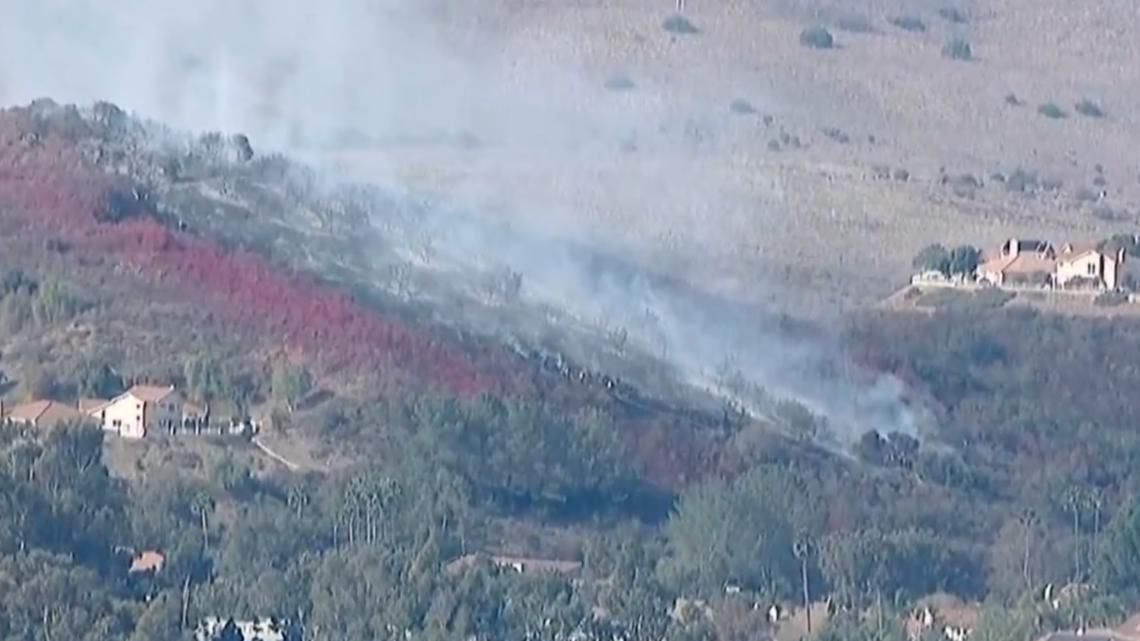The seasonal greeting “Merry Christmas” is made possible by the reality captured in the greeting “Happy Holidays.”
This duality underscores a uniquely American commitment to the freedom of religious expression enshrined in the First Amendment to the Constitution. It is a reminder of the delicate balance between our secular status as a nation-state and the religious freedom that typifies our legal and cultural framework.
In the United States, the First Amendment protects both the free exercise of religion and guards against government establishment of religion. These twin protections ensure that citizens can freely express their beliefs — or choose not to — without fear of coercion or marginalization.
This commitment is not merely theoretical; it is the foundation of the Department of Defense’s approach to religious accommodation within the armed forces.
RELATED
A key aspect of this protection is that the government, including the Department of Defense, does not, will not and cannot define “religion.”
To do so would be to infringe upon the Establishment Clause of the First Amendment. Any governmental attempt to define religion risks excluding belief systems or practices that may not fit a predefined framework.
Such an action would inherently limit the full breadth of religious expression and potentially marginalize minority or nontraditional beliefs. Instead, the U.S. government operates from a position of neutrality, allowing individuals to define their own religious practices and convictions.
This neutrality is particularly important in the armed forces, where individuals from diverse religious backgrounds serve together in pursuit of a common mission to protect the security of our nation.
Religious accommodation is an essential aspect of military policy, reflecting the importance of respecting and protecting the beliefs of all service members. Whether it involves granting time for prayer, providing dietary accommodations or ensuring the ability to wear religious symbols, the Defense Department’s policies are guided by the principle that no service member should have to choose between their faith and their duty.
Religious accommodation in the military also serves a practical purpose. By honoring the diverse beliefs of service members, the Defense Department fosters a more inclusive and cohesive force.
This inclusivity strengthens the military’s readiness, as service members who feel respected and valued are better able to thrive. Moreover, this commitment to religious freedom reflects the values that service members are sworn to defend — values that set the United States apart as a beacon of liberty.
The interplay between secularity and religious expression is what makes holiday greetings like “Merry Christmas” possible.
It’s an expression that acknowledges a specific religious tradition, whereas “Happy Holidays,” on the other hand, encompasses a broader spectrum of beliefs and practices that flourish in a society committed to freedom of conscience.
Both greetings play an important role in our society. And for service members, this balance is more than symbolic; it is a lived reality that underscores the strength of the Constitution we have pledged to uphold. In fact, religious holiday greetings offered with genuine sincerity ought to be recognized as symbols of the unique religious freedom we are afforded in the U.S.
Thus, as we celebrate another holiday season, let us remember the profound importance of the First Amendment as we exchange season’s greetings with one another.
It is the foundation that ensures the Defense Department, and the nation it serves, remains a place where all beliefs are respected. This reality is a testament to the strength and resilience of a truly pluralistic society — a society where freedom of religion is not just a legal principle but a shared commitment to honor the dignity of every individual.
Merry Christmas and Happy Holidays!
Chaplain (Maj.) Jordan Henricks is an active duty Army Chaplain currently serving as the world religions instructor at the U.S. Institute for Religious Leadership.
The opinions expressed in this article are the personal opinions of the author and do not represent the United States Army or the Army Chaplain Corps.




















